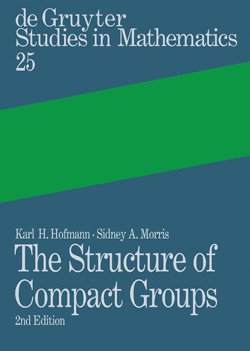"This is, from several points of view, a very impressive book
which aspires to become an important monograph, a reference book
as well as a textbook for more advanced students. 615 pages of the
main text, plus 220 pages devoted to four appendices
(the index takes 37 pages), show the extent of the material the
book covers. Further, it is clear from the organization of the book
that the authors have much experience in presenting the subject.
They have found ways of making a reader quickly familiar with parts
of the theory, without requiring a lot of preliminaries. This will
doubtless stimulate further, more difficult, readings in the book.
There are many interesting examples and exercises (with hints if
necessary) which will substantially improve the knowledge of a reader
and which make the text more attractive.
At the beginning of each chapter the reader is told which prerequisites
are needed and where to find them, and at the end there are references
for additional reading. The authors have included many remarks,
comments, and postscripts at the end of each chapter to clarify the
main text, and have tried to make the book as self-contained as
possible. For this purpose they have included appendices on abelian
groups, covering spaces and groups, a primer on category, and selected
results in topology and topological groups.
The book deals with compact topological groups, written more from
the point of view of general topology than from that of algebraic
topology. Nevertheless, much information about algebraic topology
and homological properties of compact groups, can be found. The
representation theory of compact groups is presented from a general
point of view, so we cannot expect to find lists of representations
of all the classical groups. Lie groups play a very important role
in the whole book, but this is not a textbook on Lie groups. Not
only does the book present a lot of material, but there are many
results that have previously appeared only in articles. The book
will probably also be useful to non-specialists in the field. If one
is looking for a notion or a result, one can find and understand it
without reading the book systematically from the very beginning. We
expect that the book will be on the shelves of many mathematicians,
as well as many students of mathematics."
